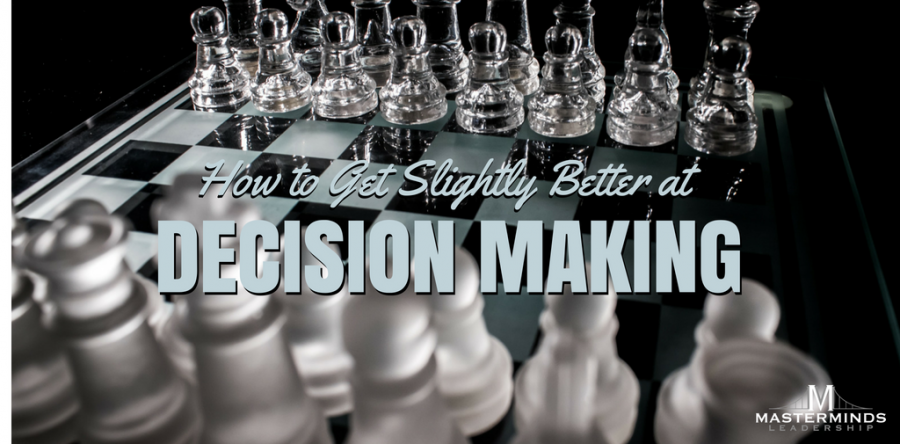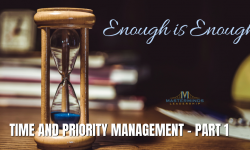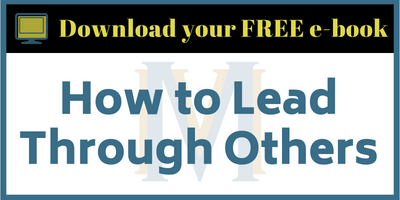Decision making is a core leadership skill. That’s why it’s discouraging to face the fact that we’re not very good at it. Consider the data:
- On average, decision making ranks 24th out of 25 leadership skills across the working population.
- •When faced with a choice between two options, our decision-making success rate is less than 50%--meaning that a coin-toss is a better process for deciding.
- Stress in any area of life biases us toward short-term thinking that leads to poor decisions.
Employees, team members, and stakeholders trust leaders to make decisions that affect the whole organization. We owe it to them to get better.
Why it’s so difficult to improve
Sober-minded leaders already know that decision making is not a skill that can be developed quickly. It’s a complex combination of wisdom, experience, gathering good intel, adaptability, and following a solid process.
On the process side, there are a number of tools and templates readily available. But the rest of the variables that contribute to better decisions cannot be created quickly.
Some of these variables, like adaptability and gathering good intel, require behavior change in the leader. Other variables, like wisdom and experience, are developed slowly over time. And time alone does not create wisdom—it must be deliberately pursued.
That’s why this article has a more realistic goal—to help you get just a little bit better at making good decisions than you are right now.
Self-diagnose and Self-prescribe
Our approach to getting slightly better at decision making is simple.
- First, review the diagnostic check-list to identify one barrier to decision making that is present right now.
- Then, commit to the action that addresses that barrier. Each barrier in the checklist is paired with a single action step or exercise that can help you improve.

Of course, you can use this same checklist to identify obstacles that your direct reports may be facing in their own decision making, and then coach them with options for how they could get stronger. But I encourage you to first diagnose yourself and even invite those closest to you to tell you which barriers they think you face.
What if I need to get a lot better?
In some cases, a leadership skill gap can become critical. If you have identified decision making as a business-critical skill that must be improved significantly and swiftly, then it may be time to take a more proactive and intensive approach.
The most difficult task leaders face is the challenge to change themselves.
The science of behavioral change tells us that personal accountability and external perspective are key. An executive coach or committed mentor can provide both when we need to move the needle in ourselves.
If you know that your role requires a higher level of performance, your next decision is not to identify who that trusted and capable mentor or coach might be. Your next decision is to commit to investing the resources (time, emotional energy, and budget) to get the professional expertise you need to reach that higher level.
Follow us LinkedIn to get thoughtful articles on the bridges leaders must build and cross to inspire greater performance.







